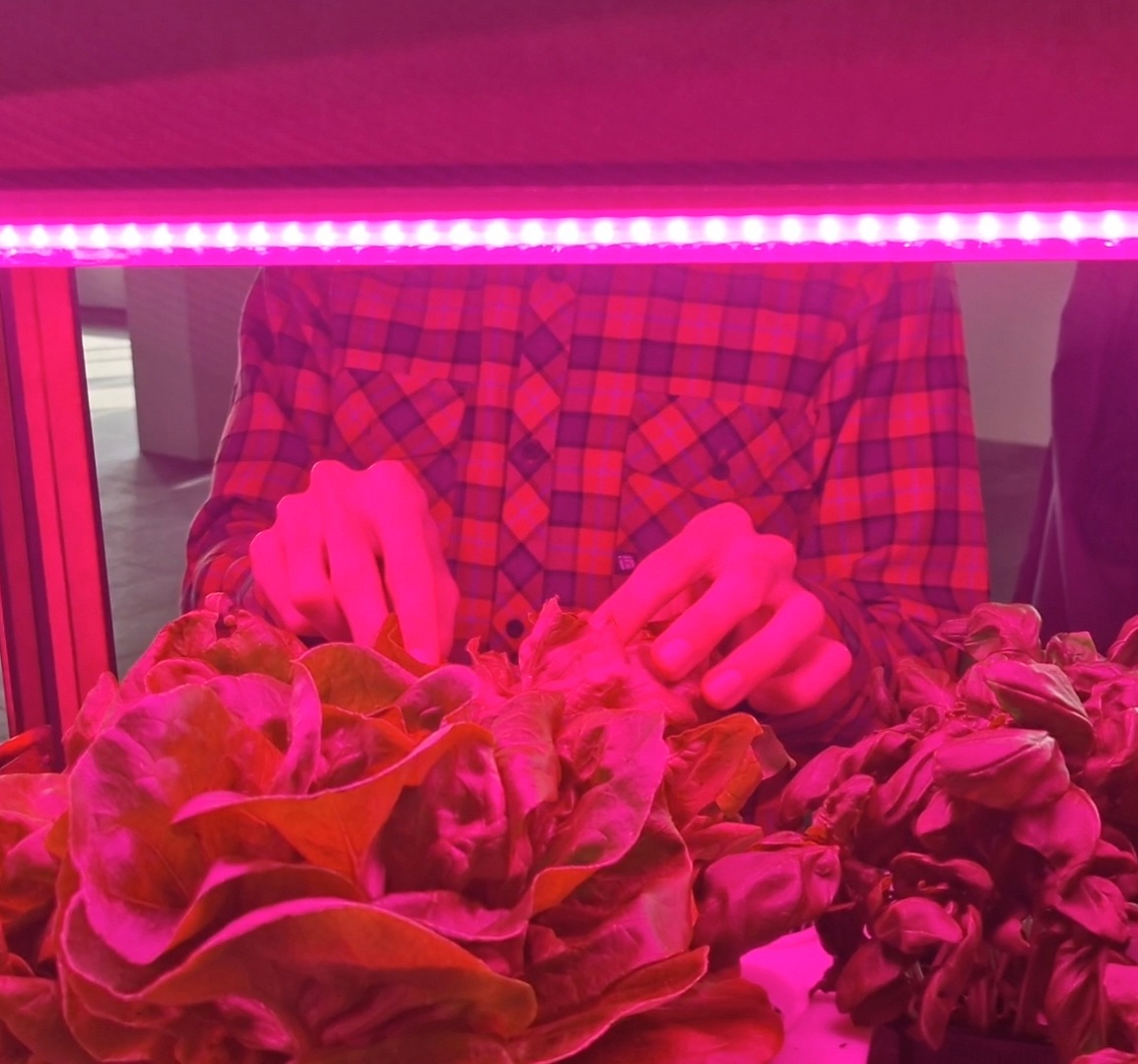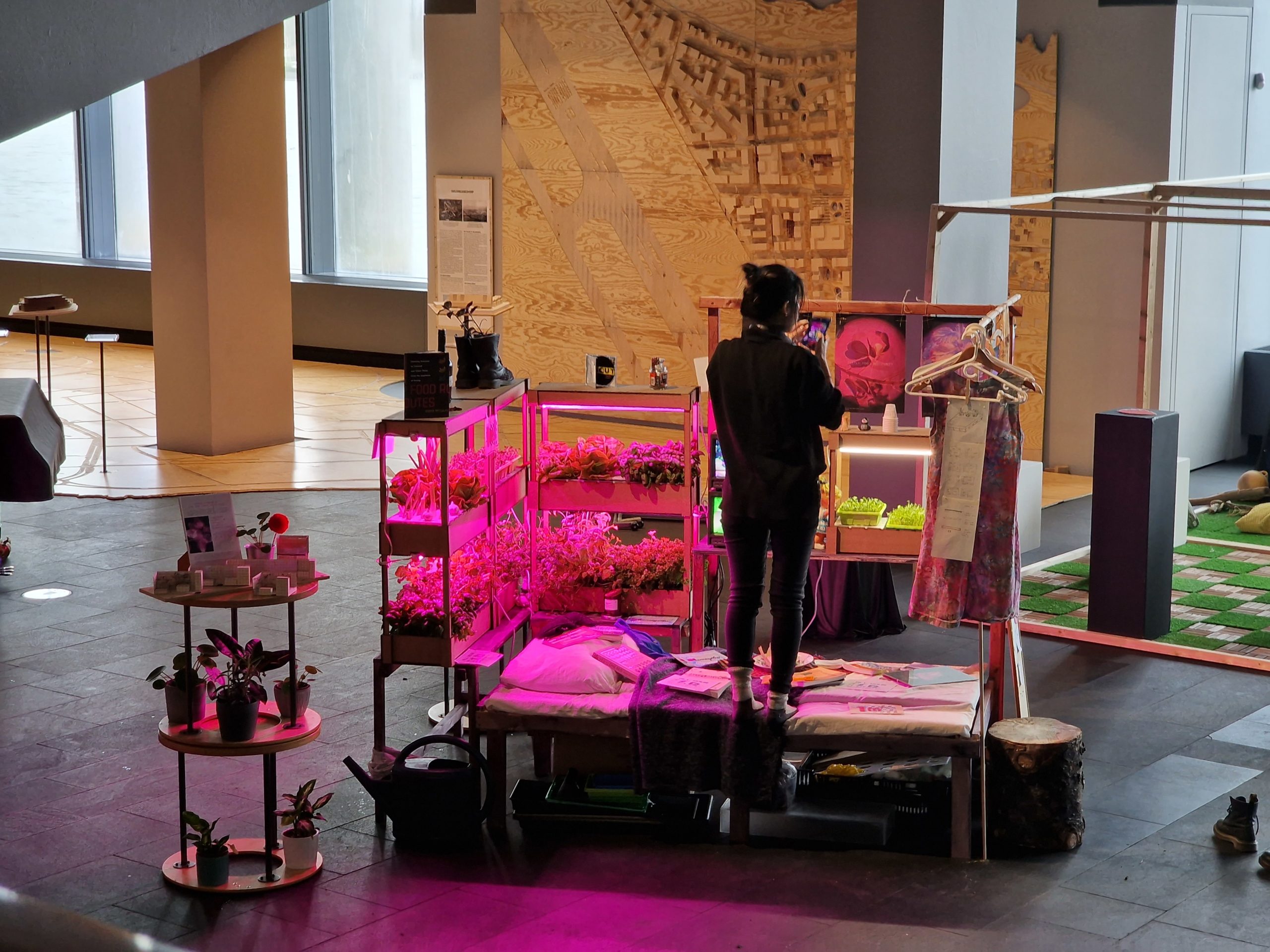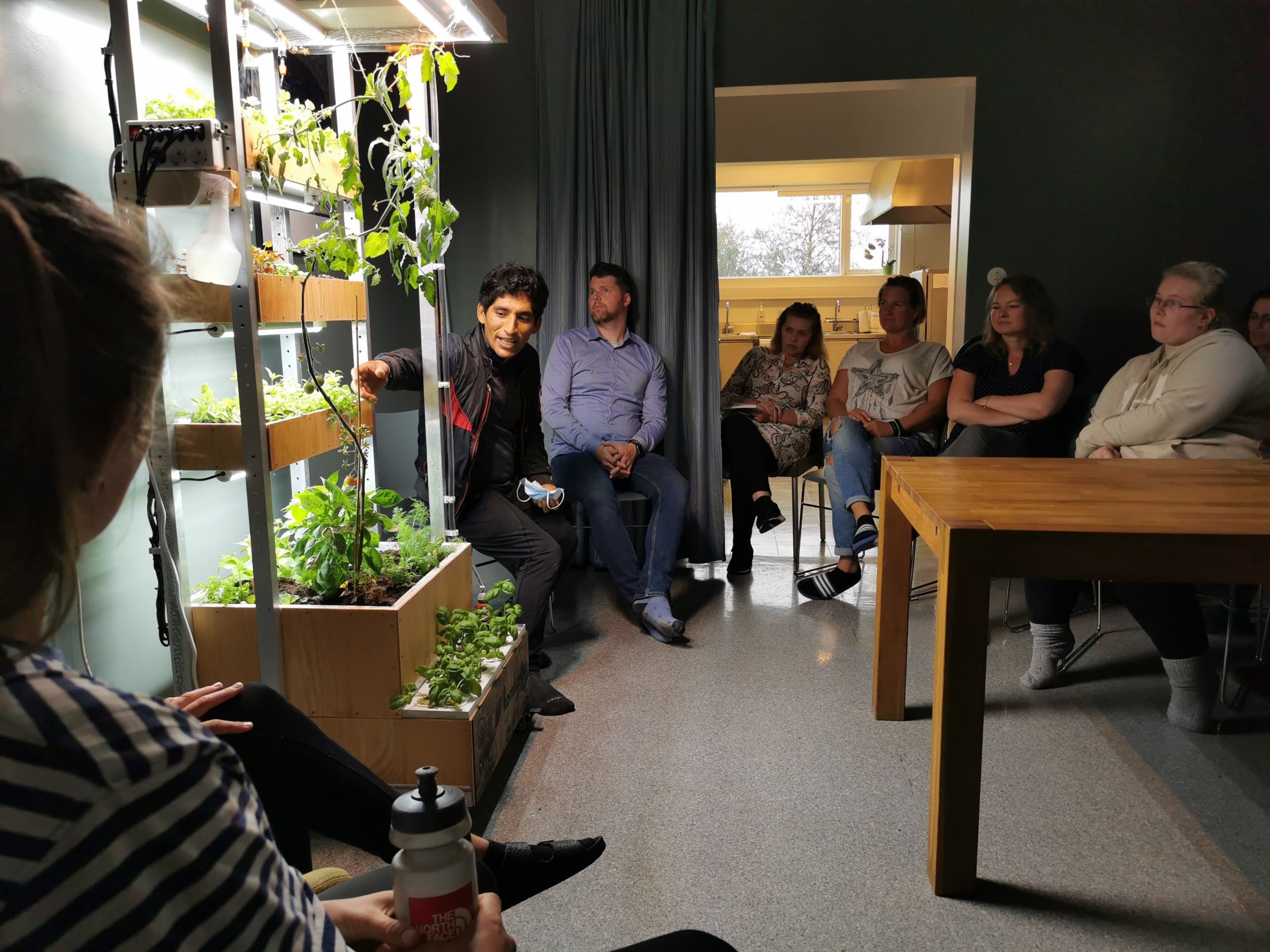Homegrow

Useful information
- Team members
- Larissa Lai Sylva Lam Isil Akgul
- Country
- Iceland
- Keywords
- distributed farming urban farming peer production sustainable food citizen production
Short Description
Distributed urban farming ecosystem -- micro-farms managed by citizens powered by Web3
Detailed Description
Urban vertical farms are very promising in shortening the food chain as a sustainable food solution for urban food security, however it is very expensive to scale. Inspired by community farms around the world, we merge something that is universal and loved across cultures -- growing food at home and community gardens/spaces with digital technologies (IoT, Web 3 tokens and DAOs) to support and incentivize networks of urban citizens growing food at home and in the community. Imagine being rewarded with tokens by watering or harvesting from a growing system at a library, eating the crops yourself, or taking it further by organizing with others nearby as DAOs to create and sell you homegrown hot sauce! We are building an end-to-end solution with hardware, software, and programming components so we can build the sustainable hyperlocal food systems of the future for people by people.
Project Details
- Does your design take social and cultural challenges and human wellbeing into consideration?
Community gardens and home farms have existed across cultures. This has been especially essential for food security during the world wars where women championed victory gardens. On the other hand, researchers proved the many mental health and social benefits in growing plants and food. There is also research evidence indicating that food growers are more consciencious to have healthier and more sustainable consumption patterns.
- Does your design support sustainable production, embodying circular or regenerative design practices?
By growing food at home and living spaces, food (transportation) miles are largely reduced even to zero, drastically decreasing food transportation emissions when most of our vegetables are grown across the world or in rural areas of countries. The hardware and user growing process we designed also involves circular practices such as home compost, and reuse of various growing materials and medium-less growing methods. The hydroponic (soil-less) growing methods we use also reduces water usage by up to 90% compared to traditional farming. Direct harvesting also reduces waste of food plants.
- Does your design use principles of distribution and open source?
Our hardware systems is based on an open ecosystem that users can easily use standard trays and other gardening equipment in garden stores. The user processes that we have built are based on using all available materials around them, and not limited to hardware products we are creating. We use Web3 tokens to incentivize users to an open library of food growing knowledge that can be accessed by other users.
- Does your design promote awareness of responsible design and consumption?
Food growing behavior is correlated to users being more responsible in food consumption (both in terms of healthy eating and reducing food waste. Our open ecosystem hardware design is adaptible to other existing products in the market and reduces redundancy.
Images


